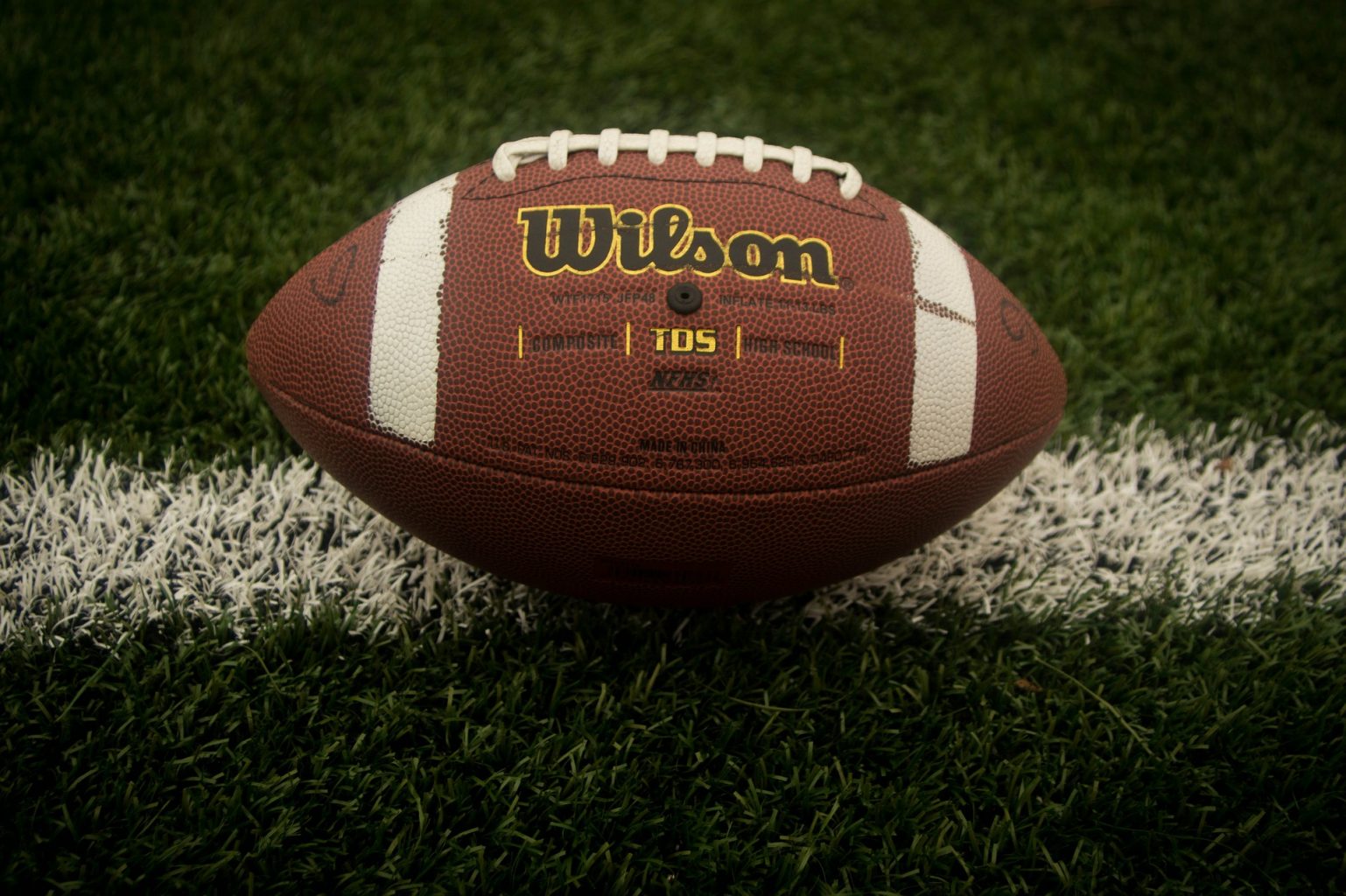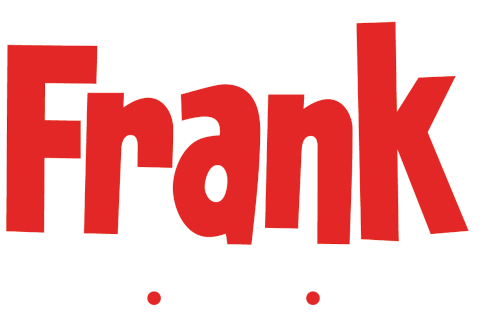Fantasy Football Intelligence: Draft Day Process

While it is still 8-9 days early, for the benefit of those with a draft this weekend, we will discuss how to manage the draft now. Before going any further, make sure you are caught up on the earlier Fantasy Football Intelligence Blogs:
Fantasy Football Intelligence Archive
And for those who happen to be in a 10 or 12 team standard scoring league, here is an updated version of the draft board from the last blog. There are a few changes, the most notable are 1) I now believe that Zeke Elliott will sign and be in the lineup week one, so he is in the top tier of backs ahead of McCaffrey (note – McCaffrey would stay ahead of Elliott in PPR) 2) I dropped Carson Wentz and raised Baker Mayfield in the 3rd QB tier. 3) I lifted KC’s Damien Williams a couple of slots not based on anything he did, but because Carlos Hyde is having a poor camp so Williams touches may be higher than originally projected. There were some smaller changes and there will likely be a few more once the 3rd week of preseason is over and more decisions are made by the real teams. I haven’t dropped Newton yet, but I’m keeping an eye on him after his foot injury against the Patriots last night. The play of the Panthers offensive line and Newton’s diminishing rushing production will likely lead to a downgrade before the season starts.
2019 Draft Board – Standard V2
The draft process is particularly useful for an online draft where you have :60 or :90 to draft, but even in a live draft, if you follow the Fantasy Football Intelligence system you will stay ahead of your competitors with an organized process and give yourself the best chance to emerge with a strong team.
Pre-Draft:
As discussed in prior blogs, you need only three things:
1. NFL Schedule by team and by week. (If this happens to be in your fantasy magazine, fine, but do not get distracted and start indiscriminately looking through the magazine and comparing stats. The time to do that was before the draft.)
2. The Grid. (One sheet of paper listing the league teams in the order they are drafting listed along the top with the positions you are going to draft listed along the side. (Only list actual positions. If your league uses one or more “flex” spots, you shouldn’t list “flex”.)
3. Your draft board. (It should look like the one linked above. Players sorted by position and each position tiered. If you haven’t committed your thresholds to memory, note them in the margin. Make sure your draft board lists each player’s bye week.
Any other papers or magazines will be a distraction. Set up your “war room” so you can easily move between the three items. Have two pens in case one dies. If you are drafting online, start building your draft queue with players you hope to draft in the first few rounds.
The Early Draft
The clock is now ticking. You are not on the clock yet, others are drafting.
The first pick is made. “Saquon Barkley”
-First cross Barkley off your draft board.
-Write down “Barkley 11” in the RB section of the grid below the name of the team drafting first.
Repeat that process for every player drafted.
Keep an eye on the screen so you don’t miss any of your opponents’ picks. Be very careful about this, it can mess up your grid quickly and cascade into big problems. This is easier to manage at live drafts, but it is crucial regardless.
In your down time while others are on the clock, evaluate your draft options. If your pick is five picks away, rank your top six players so that by the time you are on the clock, you have a good idea of who you are going to pick. If you realize for instance that James Conner and Davante Adams are both likely to be available at your pick and you value them equally, look at your draft board and forecast what the board will look like for your next pick.
If you pick Conner and you think you will need a WR1 within your next pick or two, do you think you will be able to get Mike Evans or OBJ as your WR1 or are you probably going to be looking at Keenan Allen or T.Y. Hilton? If you take Adams, will you be able to get David Johnson or Nick Chubb, or are you looking at Marlon Mack as a RB1? In a worst case scenario, would you rather start your team Conner/Allen or Adams/Mack? It is close, but FFI would take Adams and probably draft RBs the next two rounds depending on how the draft plays out. If we can get a tier 1 WR and two RBs before tier 6 we have not created any weak spots in the lineup and we have a top 3 WR.
Don’t spend draft time scouting. Believe in your draft board. Use the time to forecast the draft. This becomes even more strategic as the draft goes on because there is more information available to you and fewer assumptions are required. By looking at the The Grid and seeing how your opponents are filling out their teams, you can predict the positions they are pursuing in the short term. This will allow you to project who will be available to you two picks out.
Don’t forget to look at the bye weeks. Not only do you want to be cognizant of not having too many of your own players on the same bye week, you can assume that other good managers are thinking the same way, and that may help you better anticipate their choices. Conversely, if someone is piling up WRs with week 12 byes, it tells you that that manager isn’t paying as much attention as you are and can possibly be caught short at the draft and during the season. This is especially important in leagues with smaller rosters that require a full lineup.
An important point on value: it is great when you can grab the last player in a tier and the next player at the position represents a meaningful drop-off. It is much easier to do that from the middle of the draft, but if you are on an end (18-22 picks are made before your next choice), you need to protect against runs on particular positions that would leave you short. On the ends, you can think about taking a TE or QB earlier than you otherwise might, and later in the draft, you may want to take the first kicker.
Mid-Draft
The top players are off the board, but maintain focus. Players drafted in the mid-rounds determine championships. They are often the ones that take their performance to the next level; some will become future early round picks. Getting mid-round value is crucial. Keep an eye on your thresholds. Unless you drafted one early, this is where you find QB and TE value. If you are in middle of the draft order, use The Grid to determine how long you can wait to extract maximum value and have the strongest group of players.
Example: You have the 66th pick, middle of round 6, so six teams have two picks each before you make your 7th pick at #78. You need a TE or WR3. At some point in the next 3-4 rounds you need a QB but the top 8 are gone so you are not in a rush.
Looking at the grid, you see that only two of the six teams after you have drafted a TE. Your thresholds tell you that you want a TE from the first two tiers, of which there are only two left. You want your WR3 no lower than tier 8 and there are only nine left. Four of the teams after you have two receivers, two have three. Three teams could use a third RB and three do not have a QB.
Based on that analysis, the threshold that is most urgent is the TE. With the 66th pick you can grab Hunter Henry right around his ADP. Coming back at pick 78 there is an excellent chance you can pick up a WR3 such as Robby Anderson right around his ADP and get great value because we see him as a Target and have him in the 7th tier, outperforming his ADP.
The middle of the draft is where you fill out a solid lineup by making informed draft decisions such as these.
The Later Rounds
Late in the draft is the place to grab backups, handcuffs, kickers and defenses. Philosophically, this is where you draft for upside. If your rosters are big enough and you can handcuff Le’Veon Bell with Ty Montgomery or Alvin Kamara with Latavius Murray, it is worth the insurance policy. This is also where you could draft a rookie such as N’Keal Harry if you believe he is going to gel with Brady and have a fantastic year (I don’t) or a RB like Devin Singletary who is in a crowded situation in Buffalo, but his competition (McCoy and Gore) combine for Social Security eligibility. It is possible that Singletary could pay dividends in November or December if you can stash him.
As I alluded to earlier and especially if you are on an end, when you hit the last 3-4 rounds, don’t be afraid to take the first kicker. Any of the top five can lead the league in scoring and psychologically, once you take the first one, the rest of the top five, if not more, will go before you pick again. The beauty here is not only do you get a top kicker, but minimally four and likely more of the picks before your next pick will be chewed up on kickers, leaving you a better player than you might otherwise have gotten.
If your roster is big enough for two defenses, grab your platoons here.
You can’t win the league at the draft, but you can set yourself up with the best possible chance for success. There is still much work ahead, but if you have the right draft board and you follow the FFI system, you will draft a solid team and be in great position to have some fun.




